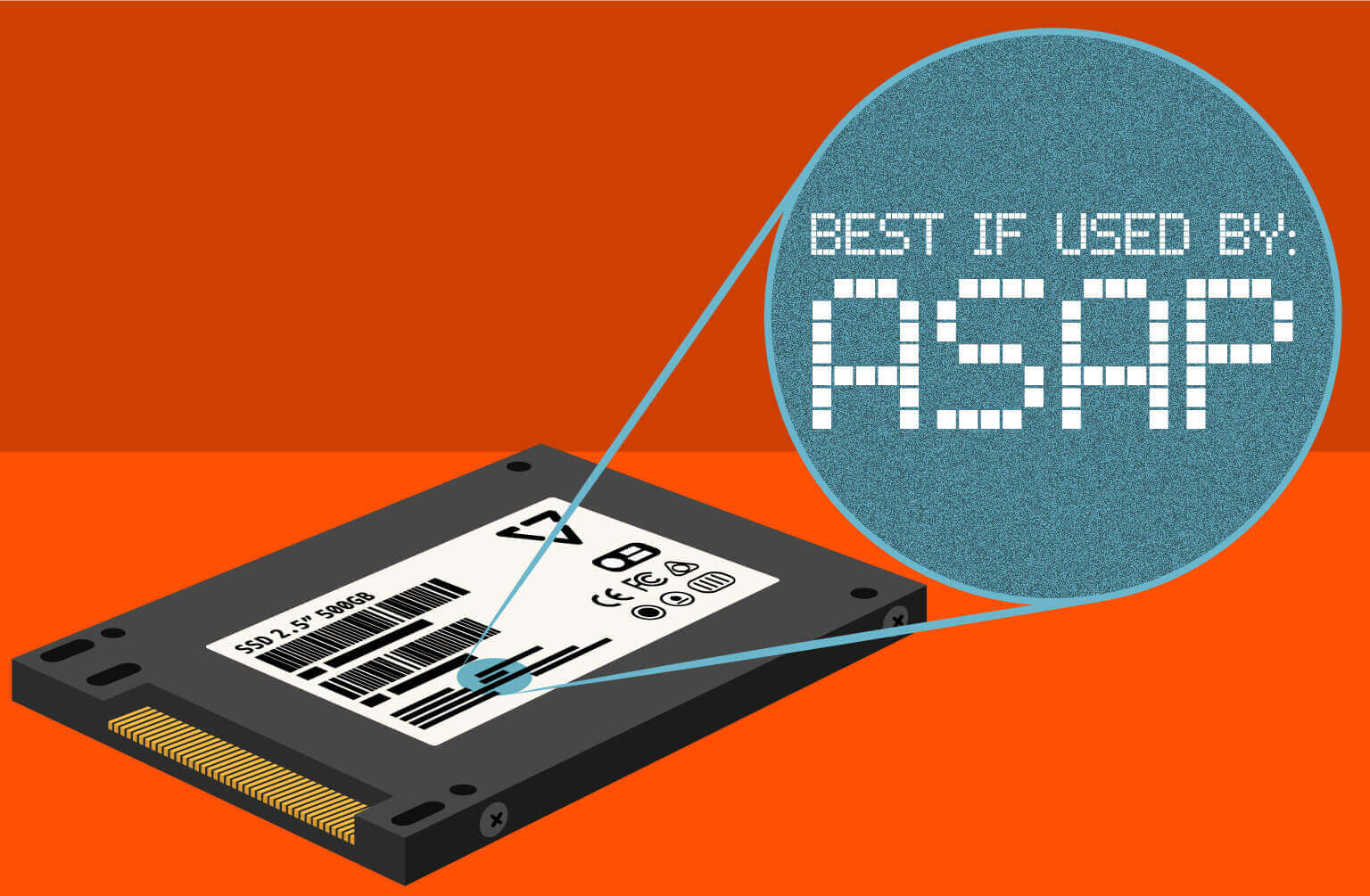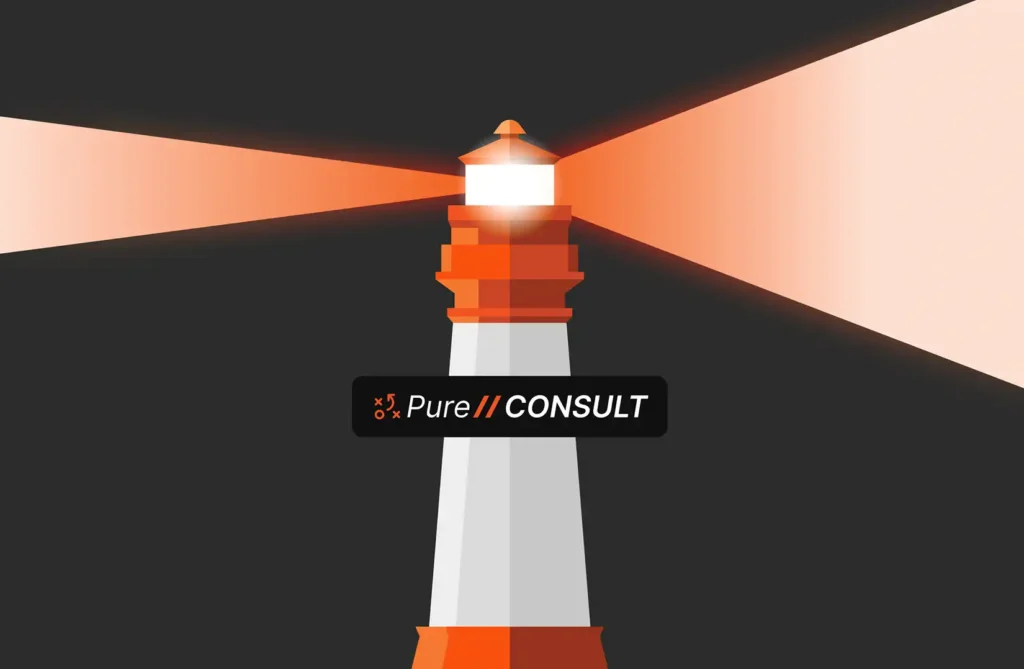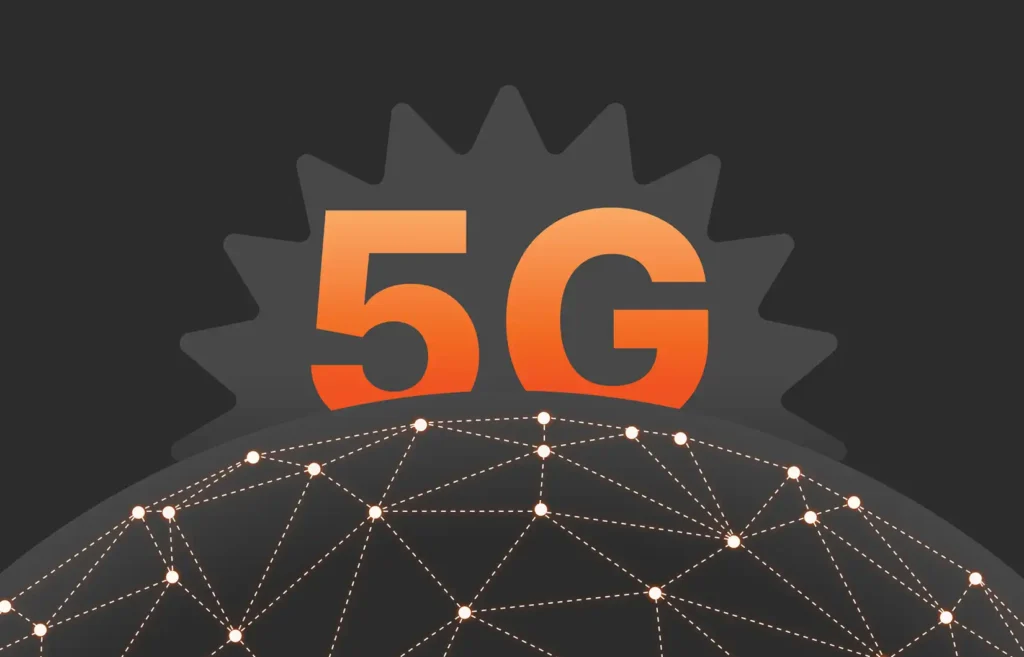Summary
Many new storage solutions promise groundbreaking functionalities but actually have stability, maturity, and operational limitations. A true modern data storage platform offers intuitive design and simplicity, seamless integration of the latest advancements, power and space efficiency and cost-effective scalability.
This is Part 1 of a five-part series diving into the claims of new data storage platforms.
“All that glitters is not gold” reflects the reality of many new storage solutions that promise groundbreaking functionalities but actually hide fundamental stability, maturity, and operational limitations. These solutions tend to position themselves with marketing buzzwords, attaching themselves to market trends, such as artificial intelligence (AI). They also tend to talk to new-age data management and proprietary data services with promises of time-to-market and limitless scale.
At Pure Storage, we support that rich data management and data services are essential for customers but not at the cost of foundational storage capabilities. In our opinion, a true “modern data storage platform” can consolidate fragmented data silos into a seamless, simple, and efficient system that’s standards-based to meet the evolving workload requirements of today and tomorrow. In addition, it can deliver upgrades that are 100% non-disruptively compliments of our Evergreen architecture to support future scale and upgrades.
In this first installment of our “Beyond the Hype” blog series, we’ll discuss what customers may want to consider when evaluating storage solutions in the market.
Key Considerations
Legacy storage vendors have been rightly called out for their lack of innovation and unnecessary complexity. That being said, new startup storage solutions suffer from their own set of challenges.
Here are some of the key challenges we’re seeing with startup storage point solutions that can directly impact enterprise efficiency and drive up operational risk.

Real-world Organizations Gaining ROI from AI
Complexity Tax
Many startup storage solutions position themselves as software-defined storage (SDS) claiming they are agnostic to the underlying hardware. In practice, however, these solutions are limited to very specific hardware components (from storage devices, enclosures, cabling, switching infrastructure, etc). Due to variations across components, the initial setup of these storage systems can often feel like embarking on a daunting science experiment. Customers can spend weeks engaging with highly trained vendor engineers before systems become fully operational.
In addition, these systems can demand ongoing engineering intervention to stabilize, optimize, and scale effectively. Some of this support is even veiled behind office collaboration tools like dedicated Slack or Teams channels, requiring staffing by experts. But the reality is that this complexity translates into significant time and resource investment and significant challenges in scale and support over time.
In our view, a modern data platform should offer intuitive design and simplicity during setup, day-to-day management, and scale. Streamlining these processes can empower customers to focus on strategic initiatives rather than grappling with stability and technical complexities.
Obsolete Storage Lifecycle
Legacy storage systems put customers through painful forklift upgrades. Every three to five years, customers must commonly repurchase entire storage capacities and retire their last generation of nodes. With each upgrade, customers deal with unnecessary expenses, impacts on system availability, and scheduled downtime. While this model creates a predictable revenue stream for these vendors, it doesn’t align with the demands of the enterprise for seamless, non-disruptive upgrades and cost-effective scalability.
Unfortunately, many start-up storage solutions have continued this obsolete legacy storage update model, opting to put their revenue models ahead of what’s best for their customers. So far, we’ve yet to witness any of them claiming to offer 100% non-disruptive upgrades, flat maintenance costs, or the reuse of existing capacity as part of their upgrade cycles.
Built-in Inefficiency of Commodity SSDs
The industry is clearly moving to flash in favor of disk, but despite their claims of modernization, almost all of today’s storage solutions rely heavily on commodity SSDs. And in turn, they face inherent risks tied to SSD vendor roadmaps and outdated retrofitted firmware. Some vendors are choosing to solve these issues with expensive and power-hungry DRAM/SCM memory caches. These dependencies greatly limit these vendors’ ability to improve performance, efficiency, and density over time. We’re seeing these challenges magnify as more and more QLC-based solutions come to market.
These limitations not only compromise the stability of key applications and operations but also drive unnecessary operational overhead, as well as environmental costs and impact.
A Different Approach
At Pure Storage, we’ve taken a fundamentally different approach to innovating storage with a truly modern data storage platform. Here are some of our capabilities that differentiate us from other storage vendors in the market:
- DirectFlash® technology: The combination of the Purity operating environment and DirectFlash Modules (DFMs) provides big advantages in performance, density, endurance, reliability, and cost vs. commodity SSDs. DFMs can scale to large capacities using QLC and leverage NVRAM for data persistence while eliminating storage class memory (SCM) and allowing organizations to adapt to any future media types. Learn more about our “better science.”
- Optimized, all-flash hardware and software co-design: Our products have hardware and software co-designed from the ground up for flash and deliver predictable, scalable performance and reliability without the need for expensive, power-hungry, massive memory caches.
- Evergreen® architecture: Our modern Evergreen architecture enables continuous data-in-place, multi-generational upgrades for all components to improve performance and efficiency over time and keep your infrastructure modern without more capital investment.
- Purity Operating Environment: The powerful Purity operating environment enables native block, file, and object capabilities with the same management paradigm for ease of use and with all operations optimized for all-flash environments—and without requiring “nerd knobs” to get performance.
- Unique, cloud-like flexibility: With offerings such as Evergreen//One™ and Pure Fusion™, Pure Storage can help transform storage from a traditional point solution to an automated, SLA-driven, scalable, self-service cloud model that delivers the cloud experience across all deployment models.
- Pure1®: Enabling intelligent proactive support, this powerful, AI-driven, SaaS storage management platform minimizes the need for admin intervention in day-to-day operations and models future growth with ease.
Evaluating Your Choices
We talked about the growing storage choices now available. The dilemma for many customers is how to evaluate the vendors and choose the right storage for their organization. The best approach for this is to dig into the true capabilities of the storage platform and identify the right storage partner for your organization that can help protect your investments and evolve with your needs.
This new “Beyond the Hype” blog series is intended to provide a quick summary of the key areas for customers to consider while making their storage decisions. In the upcoming blogs in this series, we’ll get into many of the interesting areas in greater detail.
Read More from This Series

The SSD Trap:

Demystifying Storage Complexity:

The Storage Architecture Spectrum:

Beyond the Hype:

Escaping the SSD Trap:

Is Your Storage Platform Really Modern?

The World’s Most Powerful Data Storage Platform for AI
Unleash the full power of your GPUs, with a purpose-built storage solution engineered for AI, at any scale.






